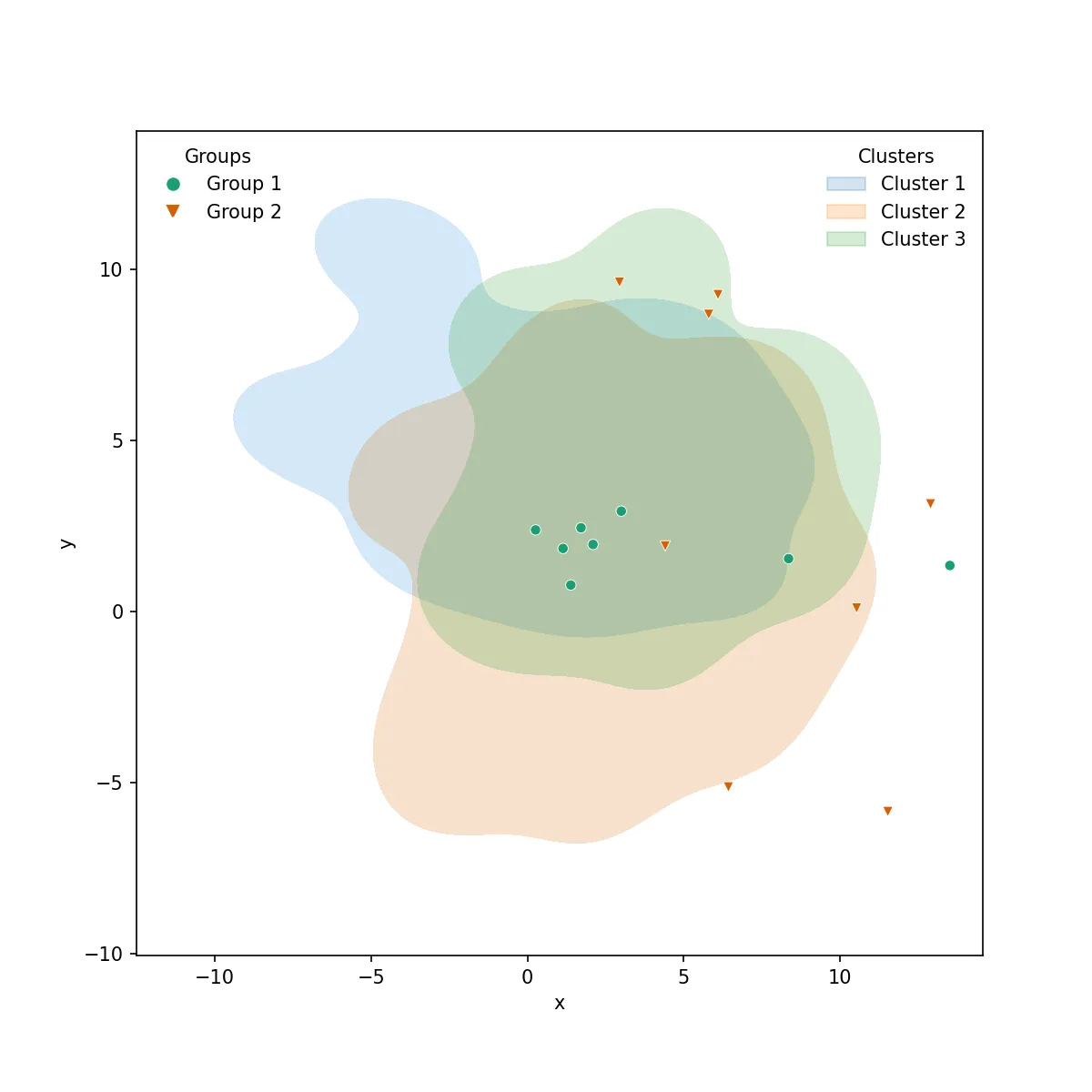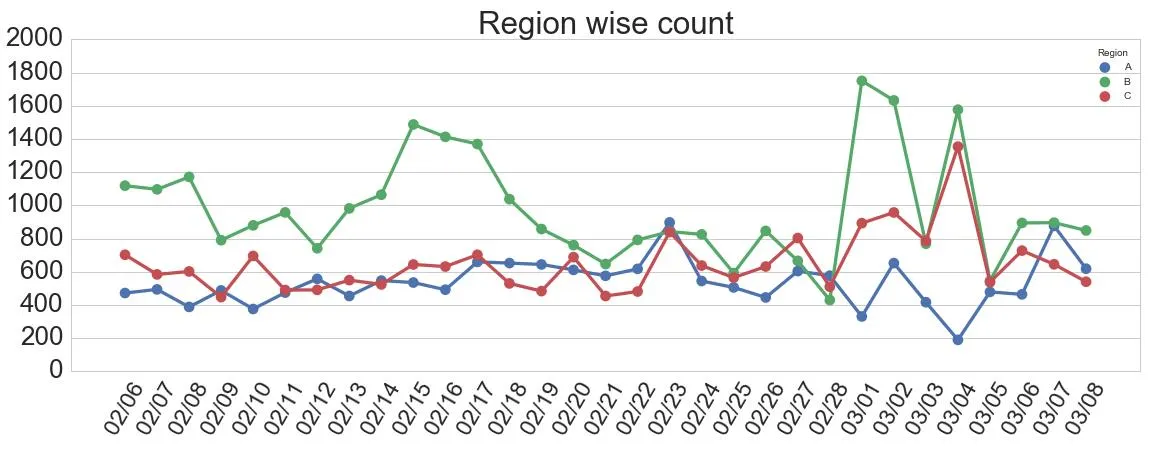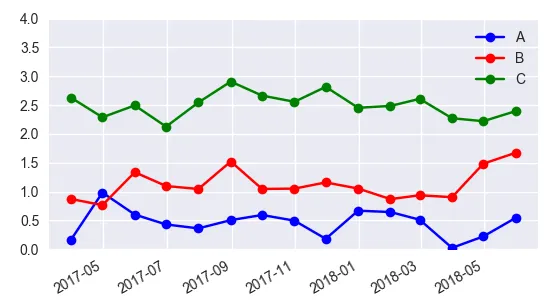这有点超出原问题,但也基于
@PSub对一些更普遍的回应---我知道Matplotlib直接做这些更容易,但Seaborn的许多默认样式选项非常好,所以我想弄清楚如何在一个点图(或其他Seaborn图)中拥有多个图例,而不是从一开始就陷入Matplotlib。
以下是其中一种解决方案:
import numpy as np
import pandas as pd
import seaborn as sns
import matplotlib.pyplot as plt
from matplotlib.lines import Line2D
from matplotlib.patches import Patch
from matplotlib.legend import Legend
from matplotlib import cm
rng = np.random.default_rng(seed=42)
n = 25
clusters = []
for c in range(0,3):
p = rng.integers(low=1, high=6, size=4)
df = pd.DataFrame({
'x': rng.normal(p[0], p[1], n),
'y': rng.normal(p[2], p[3], n),
'name': f"Cluster {c+1}"
})
clusters.append(df)
clusters = pd.concat(clusters)
n = 8
points = []
for c in range(0,2):
p = rng.integers(low=1, high=6, size=4)
df = pd.DataFrame({
'x': rng.normal(p[0], p[1], n),
'y': rng.normal(p[2], p[3], n),
'name': f"Group {c+1}"
})
points.append(df)
points = pd.concat(points)
f, ax = plt.subplots(figsize=(8,8))
k = sns.kdeplot(
data=clusters,
x='x', y='y',
hue='name',
shade=True,
thresh=0.05,
n_levels=2,
alpha=0.2,
ax=ax,
)
ax.get_legend().set_frame_on(False)
ax.get_legend().set_title("Clusters")
for lh in ax.get_legend().get_patches():
lh.set_alpha(0.2)
groups = points.name.unique()
markers = ['o', 'v', 's', 'X', 'D', '<', '>']
colors = cm.get_cmap('Dark2').colors
p = sns.scatterplot(
data=points,
x="x",
y="y",
hue='name',
style='name',
markers=markers[:len(groups)],
palette=colors[:len(groups)],
legend=False,
s=30,
alpha=1.0
)
patches = []
for x in zip(groups, colors[:len(groups)], markers[:len(groups)]):
patches.append(Line2D([0],[0], linewidth=0.0, linestyle='',
color=x[1], markerfacecolor=x[1],
marker=x[2], label=x[0], alpha=1.0))
leg = Legend(ax, patches, labels=groups,
loc='upper left', frameon=False, title='Groups')
ax.add_artist(leg);
plt.show();
这是输出结果:




date列的数据类型可以假定为datetime.date。 - Spandan Brahmbhatt